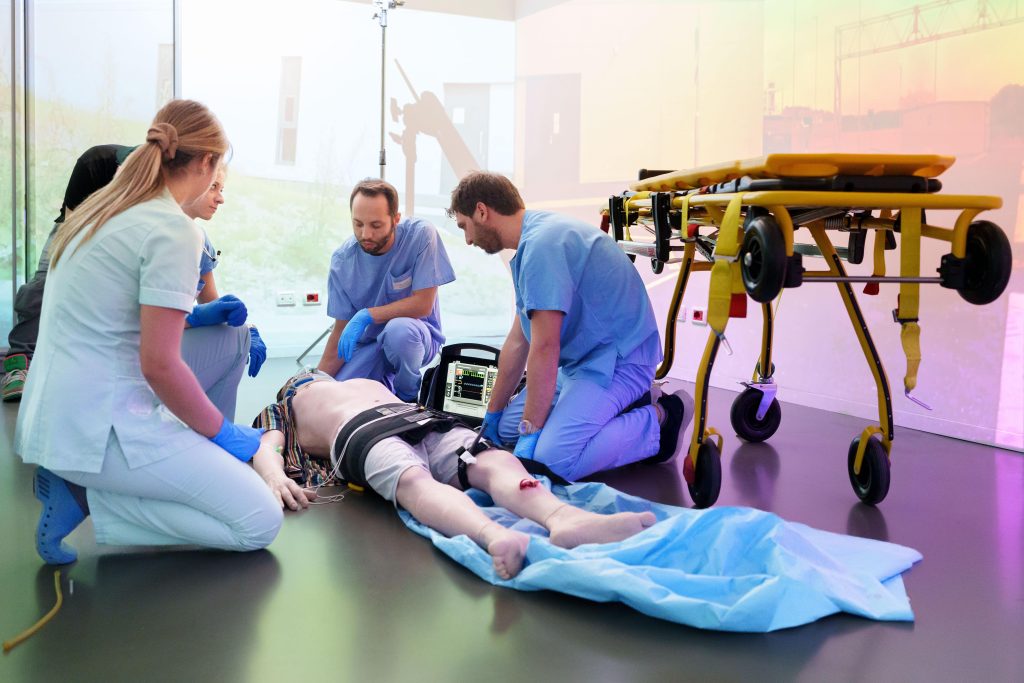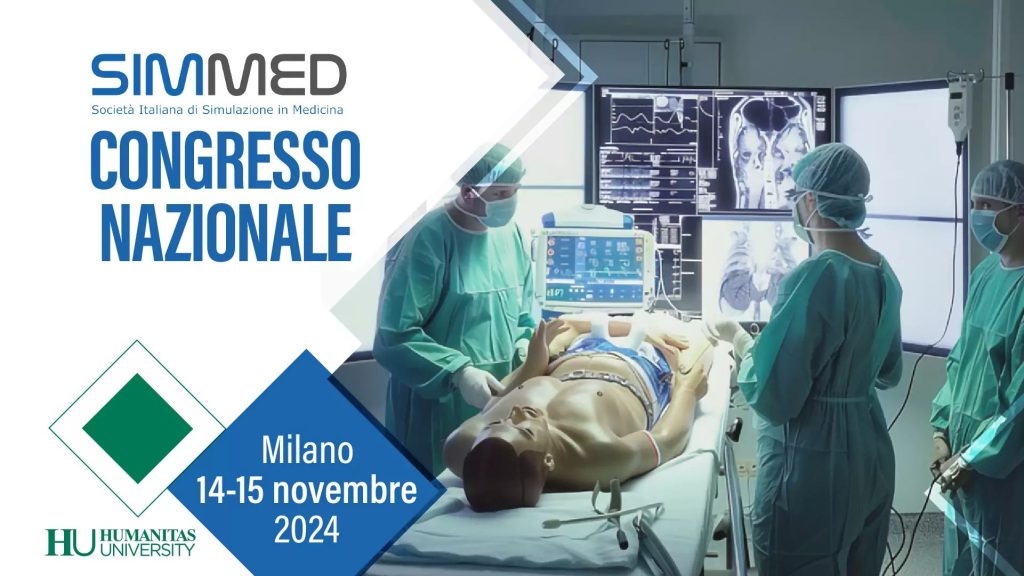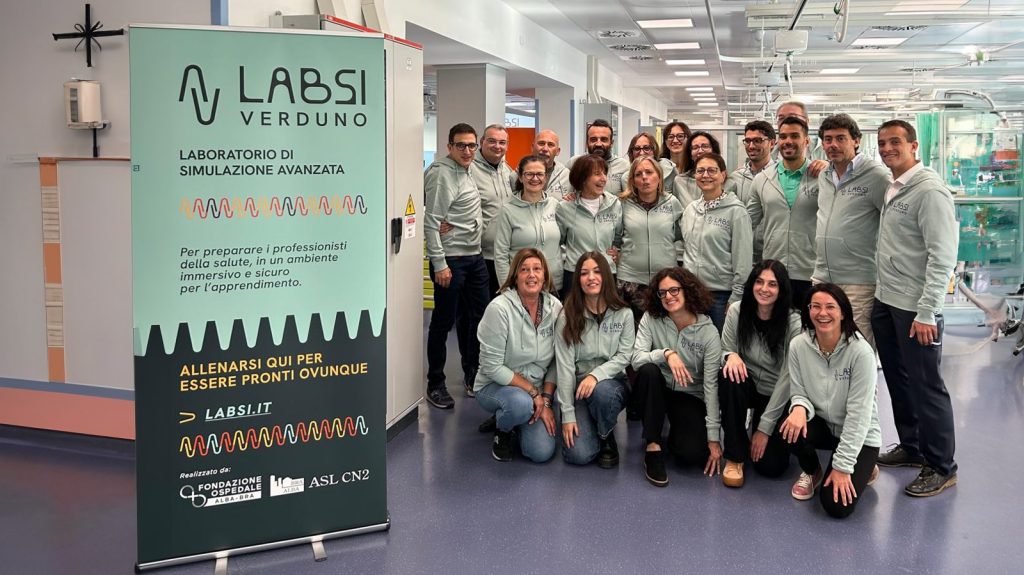Here’s what you can do now to establish and operate successfully a simulated patient program
Simulated patients/participants (SPs) have been contributing to health professions education for over decades. They support teaching and learning, assessment as well as engage in scholarly activities. They are a valuable high fidelity simulation modality in simulation-based education. How do we establish and operate a simulated patient program? Here are some tried and tested tips.
| 1. Engage community into Health Professions Education: Aim for a team of SPs who are the real representation of the population the healthcare professionals serve. This is by engaging the community and making them understand and feel that they contribute to a higher cause and their participation is valuable. Try SPs from all walks of life, different age groups, various cultural backgrounds and nationalities if applicable. |
| 2. Recruitment of SPs: Reach out to the community through various channels. For example: social media, organization website, open house, existing SPs, friends and family contacts, family & friends of the employees at your organization, community volunteering organizations, etc. |
| 3. Training: SPs play a variety of roles. To portray the role as per the objective of the session, they need to be trained. The faculty who works with the SPs also need to be trained. Teaching and learning: SPs who contribute to communication skills need to be trained to play the role as per the scenario. If it is required to play consistently the same role in a standardized manner that must be emphasized. SPs who are only for physical examination skills teaching, train them with the objectives of the session. Make them aware of the level of exposure they will be going through as well as any area of discomfort expected. If any moulage is required, that also informs them. Hybrid simulation scenarios require a different type of training. Assessments: When the SPs are part of an assessment, such as in Objective Structured Clinical Examination (OSCE) , invest more time in training than regular teaching sessions. They should be trained in such a way that they will portray the same emotions and information from the first candidate to the last candidate in the station. If they are expected to score the candidate, make sure they are trained with the rubrics. |
| Providing feedback: SPs provide firsthand feedback to the learners. They should be trained to provide feedback. It should be made clear that they are providing feedback as a patient on how his/ her concerns were addressed, were they treated with respect and dignity, will he/she go back to the learner, etc. They should not take the role of the faculty. Scenario development for faculty: Orient the faculty with the scenario template. Offer them workshops on how to write scenarios for SP based simulation sessions. This needs to be in simple words which they expect the SP to use when communicating with the learner. Include a brief learner instruction, objective of the session and an opening statement before the scenario content. |
| 4. Being Human: Most of the simulationists regularly work with manikins. But when it comes to SPs, it is all about people management. Emotions, culture, age, gender, experience, discipline, personality, etc., play a significant role. It is quite a tricky area to manage the varied pool of SPs. Safety of SPs and safety of learners should be considered. There will be situations where an SP refuses to play a certain role. Understand that they are human beings with emotions, tackle it wisely. Regularly gather feedback from SPs and make the necessary improvement with the SP program. This can be around areas of teaching and learning, interaction with the learners and faculty, participation in various assessments, peer interactions etc. |
| 5. De-Roling: As SPs play a lot of roles which can be emotionally and physically challenging, de-roling strategies should be included in the SP program. They should be able to ‘let go’’ the emotions and attributes of the role they played before they leave the simulation center. The simulation center staff in charge of SPs need to ensure that this is done. |
| 6. Remuneration: Usually, SPs are not full-time staff. There should be a structured payment plan for the SPs. This should be communicated with the SPs. Ensure that it is on par with the industry standards. See that the payment goes through a transparent channel. For example, the finance department takes care of it rather than the simulation center staff. |
READ ALSO
































